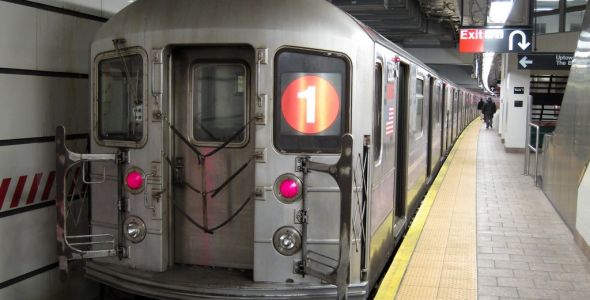The big city offers an array of potential advantages, one of the most obvious and important being the availability of work, along with being both the financial, cultural, and corporate mecca of Ontario. So now, more than ever, Ontarians are looking towards Toronto when considering where to buy or rent a home.
For the average person, one of the most attractive features of living in or near the sprawling Metropolitan Toronto area is access to public transit.
Public transit is a convenient, affordable, and safe way for people to travel to their jobs, their schools, or wherever they need to be on any given day/time.
However, speaking from my own personal experience of moving from a relatively small town to the non-stop hustle and bustle and frenetic pace of downtown Toronto, trying to navigate the various modes of public transportation can prove to be quite daunting, if not downright intimidating, particularly for those who are big city “newbies”.
Fortunately, as you settle in and start getting back to your own familiar routines and activities, utilizing the variety of available public transit options becomes less confusing/intimidating, and more about convenience and affordability.
With several different transit options available virtually around the clock, there is essentially nowhere that is out-of-reach in the entirety of the GTA.
Toronto’s subway system is one of the most highly rated in all North America, if not globally. It has a stellar safety record, is run efficiently and maintained extremely well. There are currently four separate subway lines which service the city, with the longest ones stretching out east-west via the Bloor/Danforth line, and north-south by way of the Yonge/University line. The Bloor/Danforth line also connects to the Scarborough RT (raised track) line, at the easternmost edge of the city. And finally, in the North York area near the end of the Yonge/University line, the Sheppard line stretches out eastward again, before ending at Don Mills in the far north-east of the GTA.
In addition to the city’s terrific subway system, Toronto also employs an expansive network of streetcar tracks that service a large portion of the downtown core, as well as areas beyond. The city is also currently in the process of revamping and updating their fleet of iconic but aging streetcars, with several of these new, state of the art models already in rotation.
Rounding out the TTC’s roster of public transit options, the city employs a massive fleet of clean, modern buses which run continuously day and night, with routes crisscrossing the city and reaching virtually all areas — from the downtown core to Etobicoke, Mississauga to North York, Scarborough East to the Waterfront.
Like most cities, Toronto also has a virtual army of competing cab companies, ranging all over the map in terms of quality and consistency. The inconsistent level of service has been exploited recently by the increasingly popular ride sharing services such as Uber and Lyft, whose combination of fast response times, customer service, and convenient, hassle-free payment options are giving the traditional cab companies are serious run—or in this case, ride – for their money.
Ultimately, while the noise and frenetic energy of the city can be challenging to cope with, particularly for newbies, the extensive list of potential advantages – especially the easy and virtually immediate access to a variety of convenient and affordable public transit options – is more than adequate compensation and just one in a long list of compelling reasons for choosing to make the big city home.

